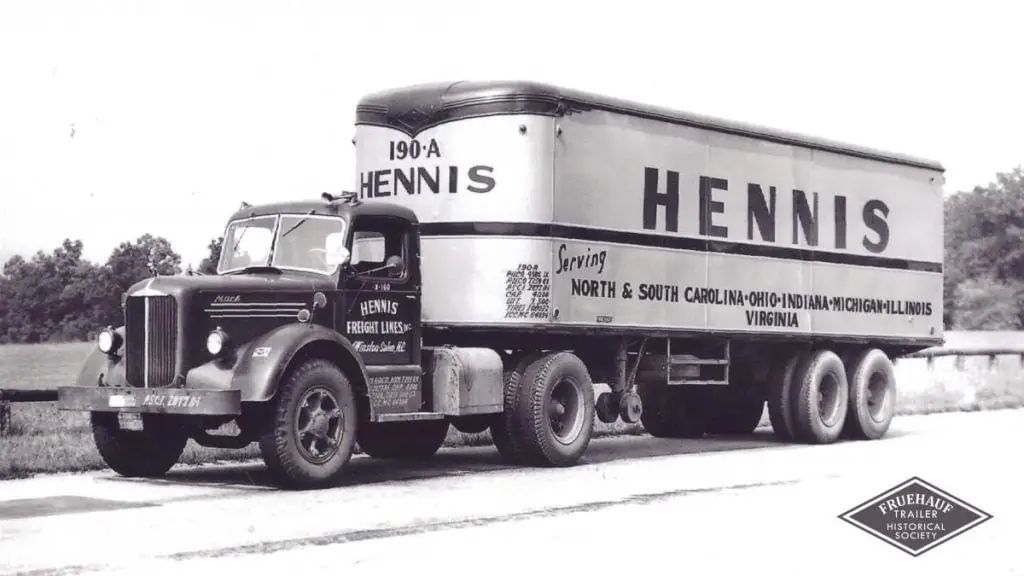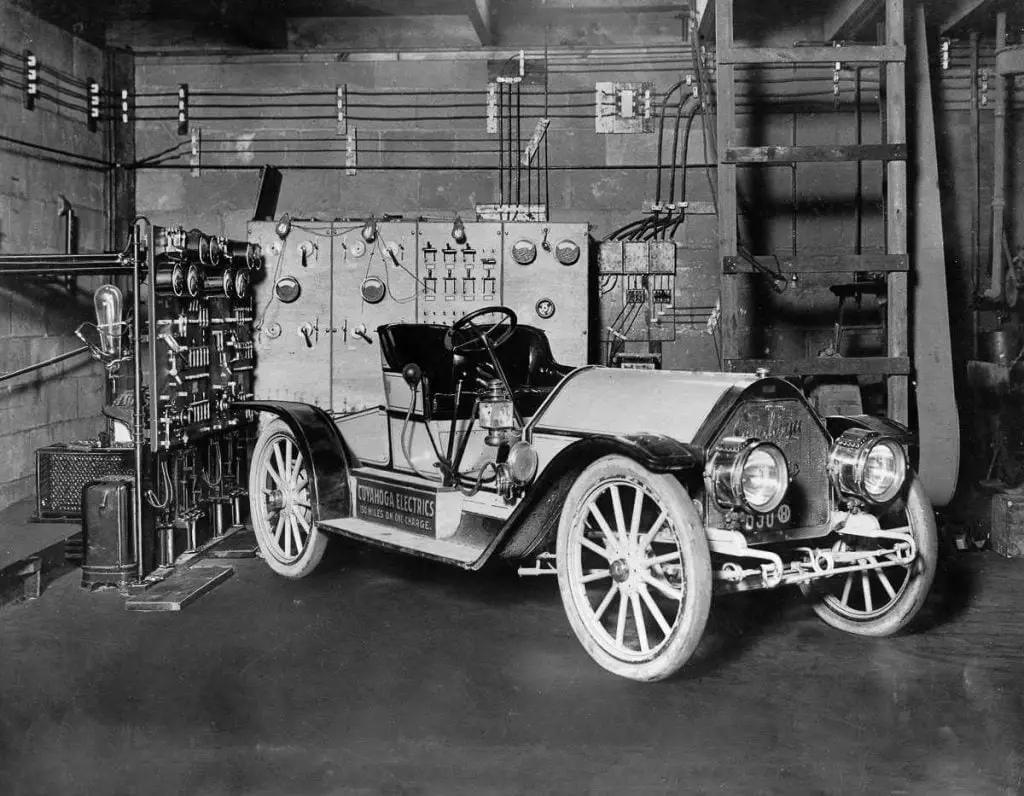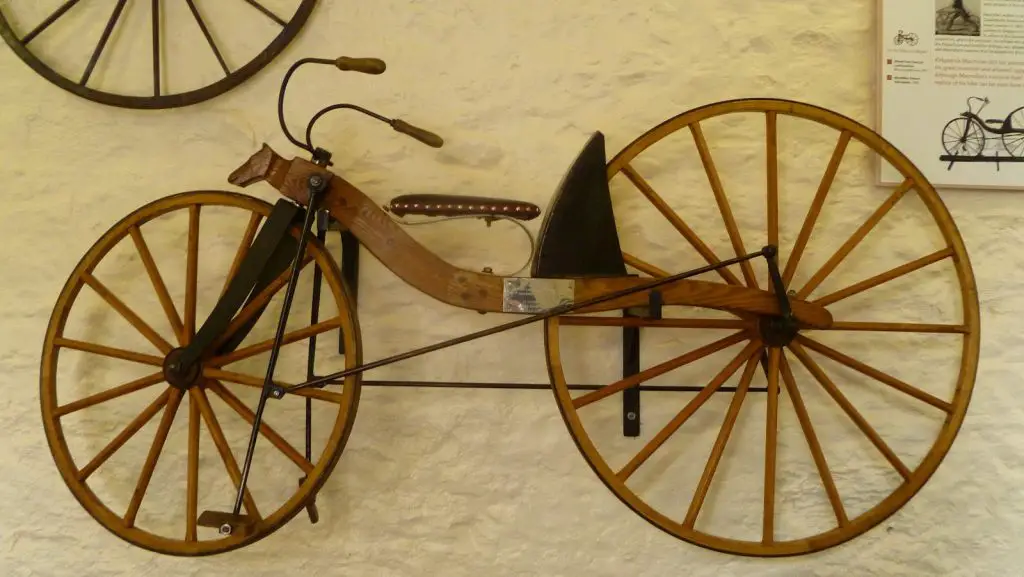Table of Contents
The History Of Trucking, Since the late 19th century, trucks have advanced and developed considerably. They used to be small and slow, with heavy loads, until 1954, when semi-trailers were invented. Nowadays, trucks can go up to 84 miles per hour!
The first truck was designed and built in the late 19th century, This was the beginning of the history of trucking.
The first truck was built in 1885 by Gottlieb Daimler. It was a horse-drawn wagon that could carry loads of up to 2 tons and was used to transport goods throughout Europe.
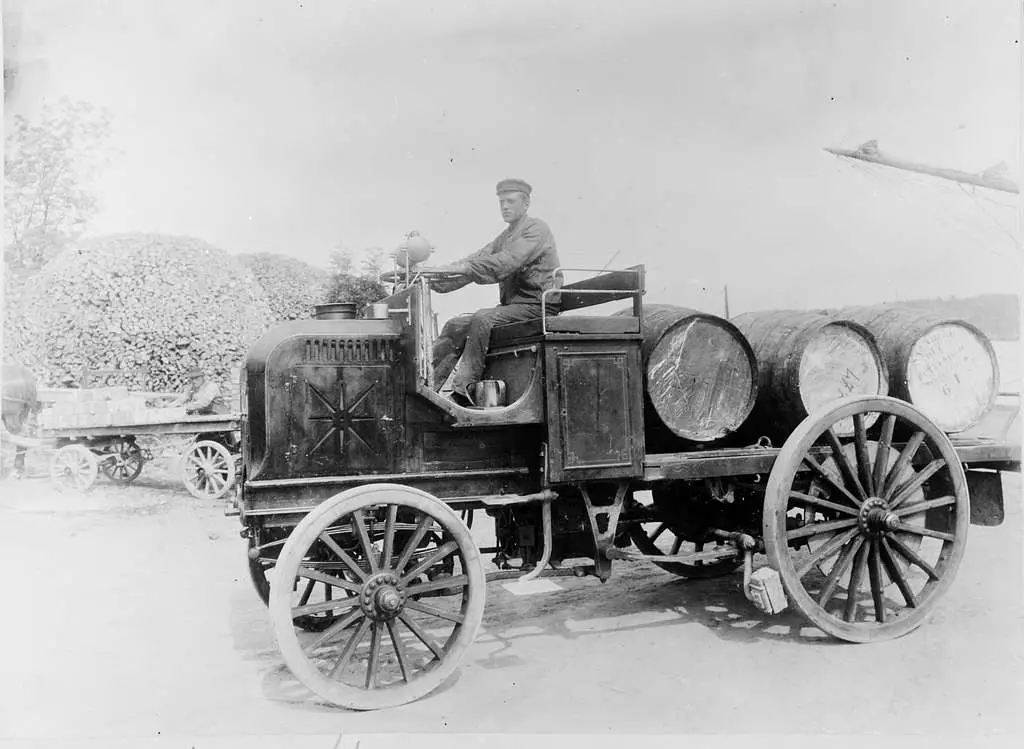
Trucks were initially used for carrying goods.
They were originally horse-drawn and used to transport goods from one place to another. The first trucks were built in the late 19th century, but they only became common after World War II when there was a need for faster vehicles that could carry more weight than cars did at the time.
Early trucks were small and slow, with heavy loads.
As the years went by, trucks became faster and more efficient. The trucking industry increased as a result of these improvements in technology, allowing businesses to move goods more efficiently than ever before.
The first trucks were used primarily for hauling goods around town or between cities on paved roads; they could not handle long journeys off-road because they needed four-wheel drive (4WD).
The first diesel-powered trucks were created in 1935.
The main advantage of these trucks was that they were more efficient than their gasoline counterparts, which used an internal combustion engine to power the vehicle. Diesel engines also had lower maintenance costs, requiring less frequent oil changes and tune-ups than a gasoline engine would need.
With diesel engines, vehicles such as trucks can be powered more efficiently and cost-effectively than gasoline engines. As such, this new technology allowed companies who owned fleets of trucks (such as delivery services) to cut fuel expenses while getting the job done efficiently enough to keep customers from losing customers due to poor service quality.
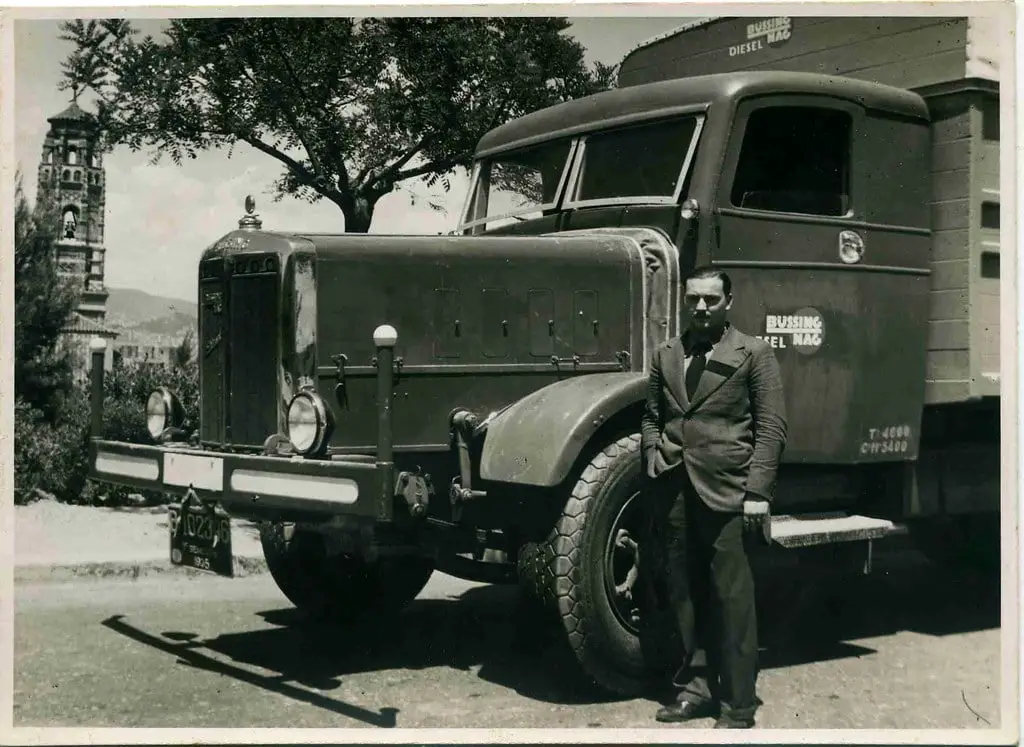
During World War II, trucks were used to transport troops and supplies during the Battle of the Bulge.
- Trucks were used to transport troops and supplies during World War II.
- In World War II, trucks were used to transport troops and supplies during the Battle of the Bulge.
In 1954, the first semi-trailer was produced.
In 1954, the first semi-trailer was produced, allowing trucks to transport heavier loads across longer distances more efficiently than ever before. a revolution in the trucking industry and a process in the truck design industry.
Some modern-day trucks can go up to 84 miles per hour.
The average car can go about 70 miles per hour. A few modern-day trucks can go up to 84 miles per hour, about twice as fast as the average car. That’s pretty fast, but it’s only about half the speed of a Formula 1 racing car (which can reach 200 mph). And let’s remember fighter jets! Fighter jets fly at around 600 mph, more than three times faster than any truck!
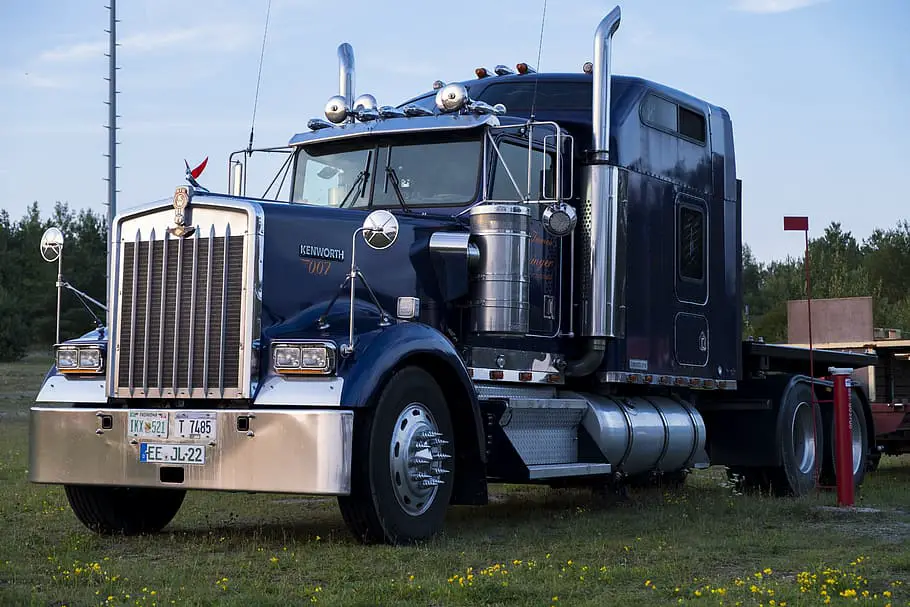
Trucks have evolved a lot over time!
Trucks have evolved a lot since they were first invented. They have become more efficient, safer, extensive, heavier, and more powerful.
Trucks were light and influential in the early days of the automobile, making them easy to maneuver. They had small engines that could only carry a few passengers at a time and maybe some luggage if you were lucky!
But as cars became more popular over time (and cheaper), people started buying more oversized vehicles like vans so they could carry things around with them on long trips from place to place without having to stop at every rest station along their route just so someone else could use their bathroom facilities or grab something quick for lunch before heading back out onto busy streets again later on down south somewhere near where all those other places used up most people’s gas money going through each day it was exhausting just thinking about it all right now.
With the rise of diesel engines and semi-trailers in the 20th century, trucks became much more efficient at transporting goods across long distances. Today, many different types of trucks can be used for other purposes, such as dump trucks for construction sites or tanker trucks for transporting liquid materials like gasoline or water.
